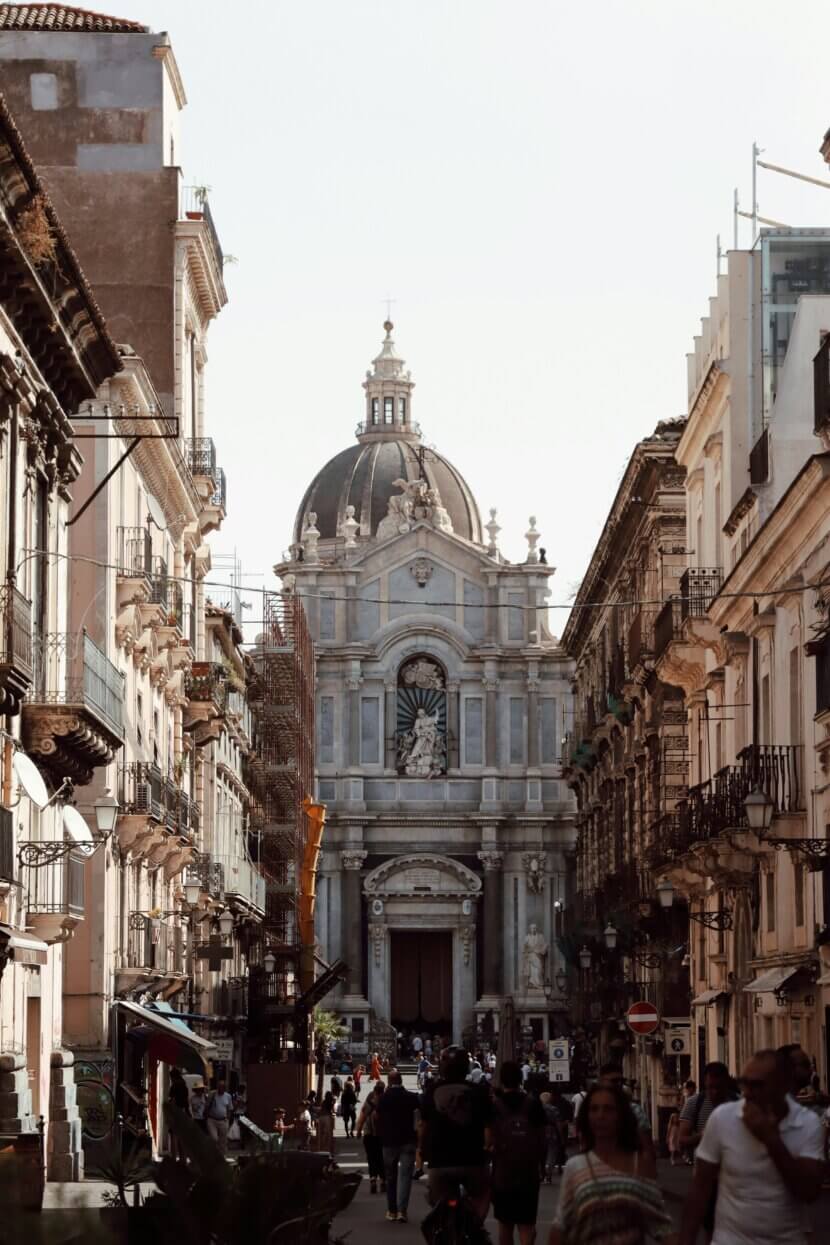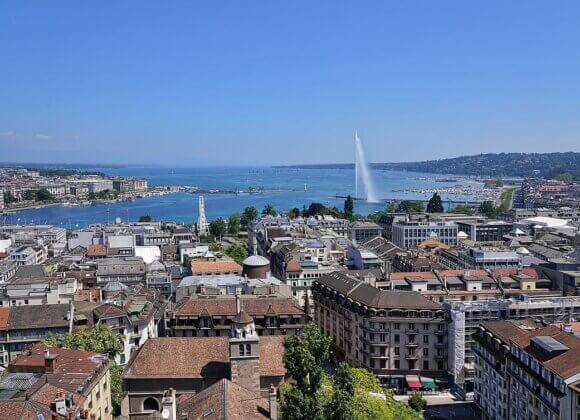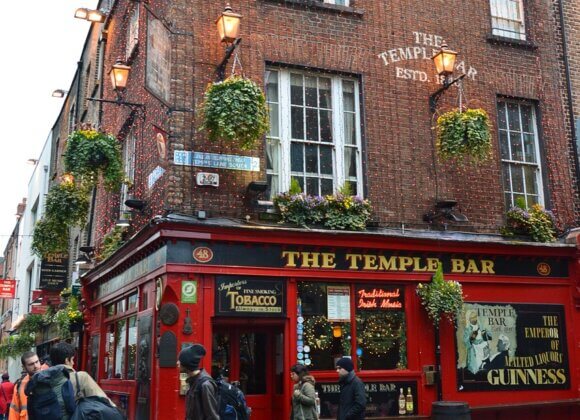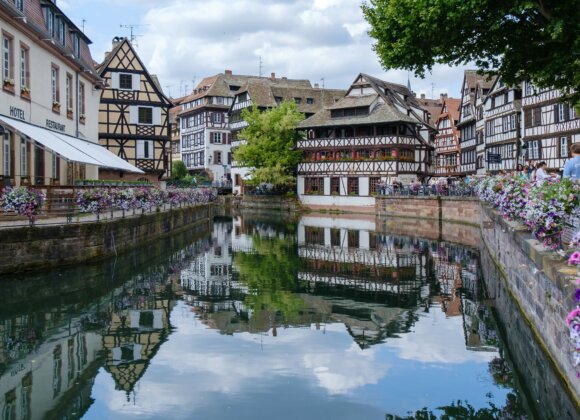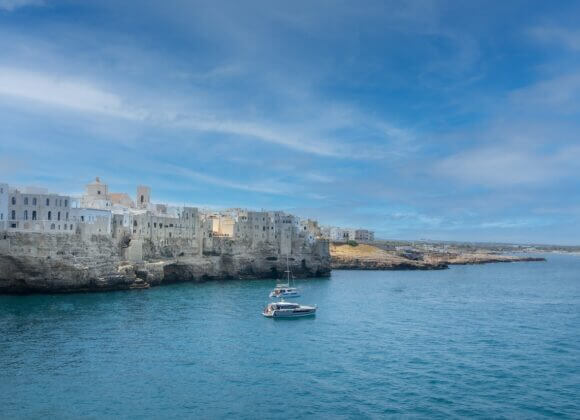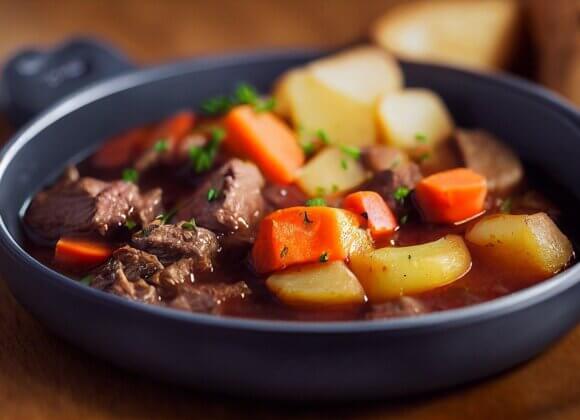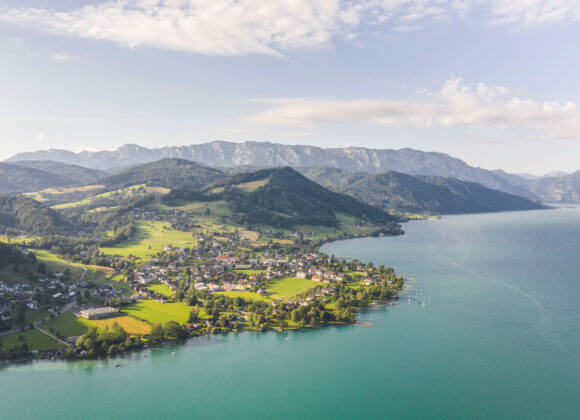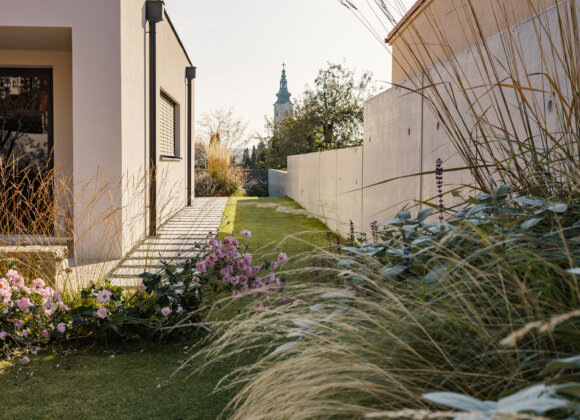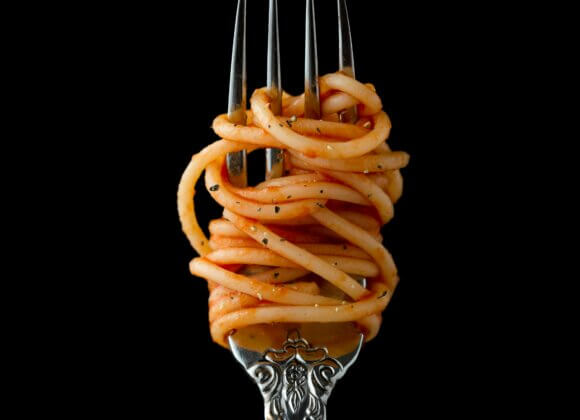Especially in spring or fall, when the temperatures are not quite so high, the city is an excellent travel destination – also because there are direct flights from Vienna several times a week. The second largest city in Sicily is a lively and contrasting metropolis known for its impressive baroque architecture and its close proximity to the – still – highly active volcano Mount Etna. And for its history, which dates back to the 8th century BC. Over the centuries, Catania has been under the rule of the Romans, Byzantines, Arabs and Normans, with each culture leaving its mark – both architecturally and culinary.
Catania was destroyed by a devastating earthquake in 1693 and later rebuilt in the Baroque style.
This gave the city its characteristic architectural heritage, which is now recognized as a UNESCO World Heritage Site.
Particularly impressive are the numerous buildings made of black lava stone, which gives the cityscape an unmistakable appearance.
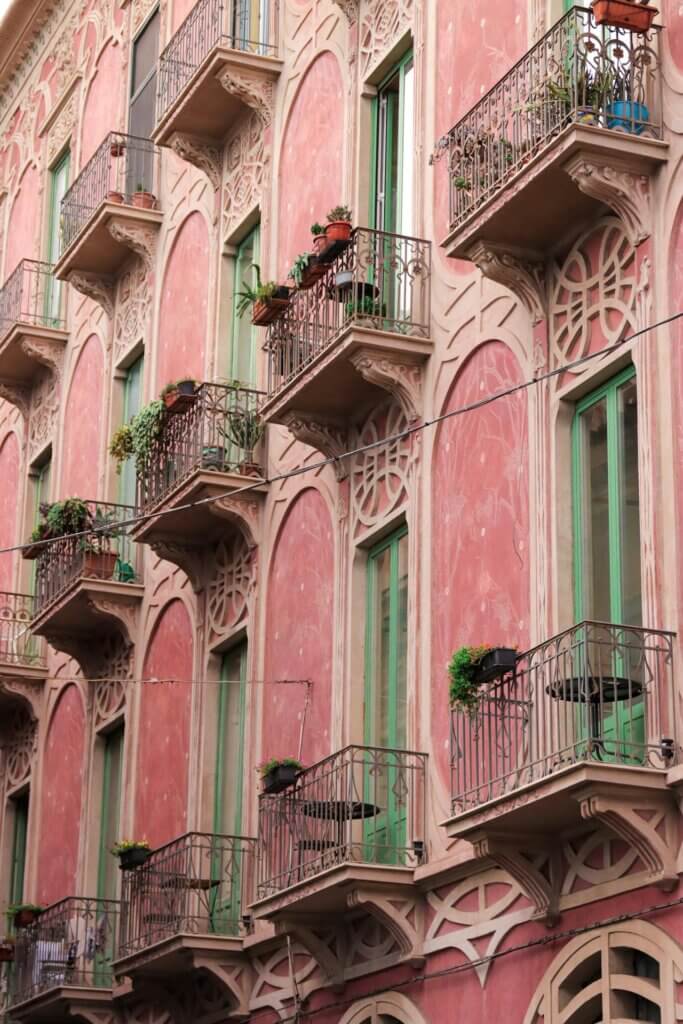
Living in Catania
The city’s rich history is of course also reflected in its style of living: in the city center, apartments are mainly located in historic buildings with high ceilings, frescoes, traditional ceramic tiles and spacious courtyards. The historical elements are often combined with modern furniture and contemporary art. Due to its affordable prices compared to other European cities, Catania is increasingly attracting investors and second-home buyers looking for authentic Sicilian flair.
The 3 most architecturally beautiful buildings
Cattedrale di Sant’Agata: The cathedral, which is dedicated to the city’s patron saint, is a prime example of Catania’s Baroque splendor with its impressive façade and majestic interior.
Teatro Massimo Bellini: This magnificent opera house is a symbol of the city’s cultural importance and impresses with its elegant architecture and excellent acoustics.
Monastero dei Benedettini: The Benedictine monastery, a UNESCO World Heritage Site, combines Baroque architecture with modern use as a university building and cultural center.
Store & enjoy in Catania
Interni Attaguile: A store specializing in modern and traditional Italian furniture, offering a wide selection of unique pieces.
Maison et Objet: Known for stylish furnishings and decorations that embody Italian charm and elegance.
Magazzini Anita: A haven for lovers of vintage furniture and accessories, with a carefully curated selection of special pieces.
La Pescheria: Don’t leave the city before you’ve seen the fish market! Even in the early hours of the morning, it is very southern Italian around the historic vaulted corridors, visitors sometimes wade into fish water, the offer ranges from tiny sprats to mussels, octopus and meter-long swordfish. Several restaurants line Via Gisira, which is adorably decorated with colorful umbrellas, and is well worth a visit.
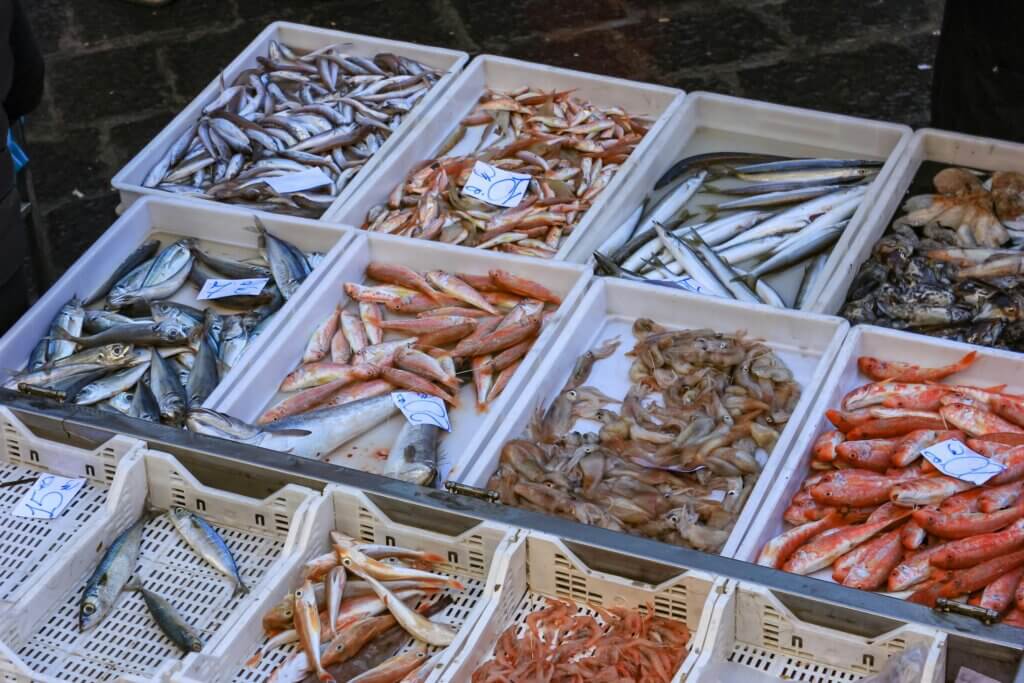
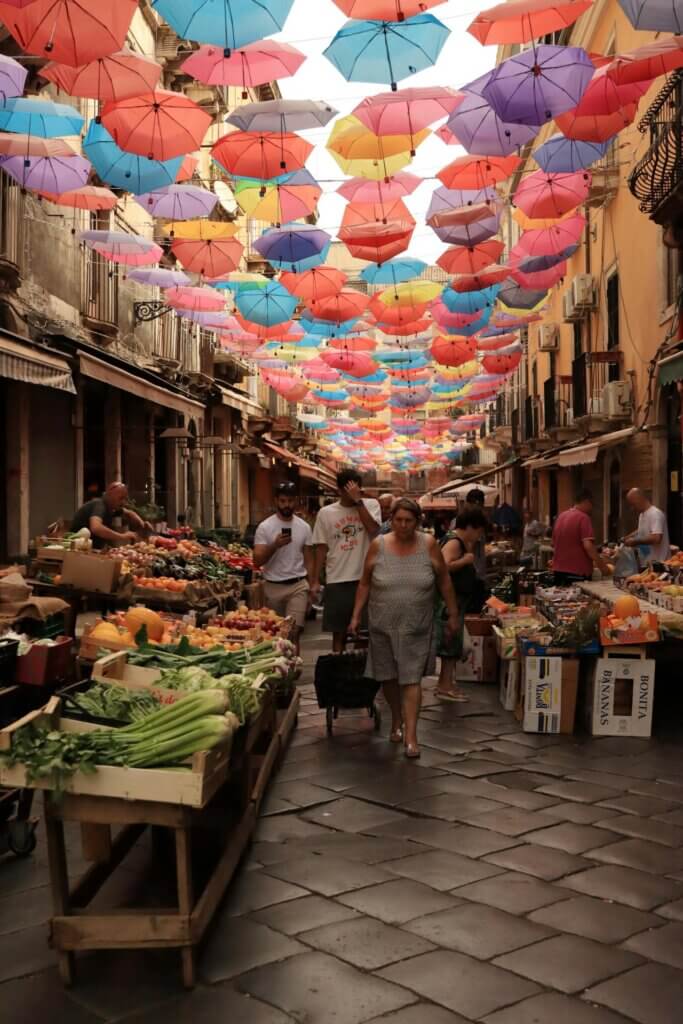
The most beautiful beaches
Spiaggia di San Giovanni Li Cuti: This beach is located directly in Catania and is known for its black lava sand and fascinating coastal landscape. The small fishing boats and the promenade give this place a special charm. The tranquil atmosphere and clear waters make it a popular spot for locals who want to escape the hustle and bustle of the city.
Riserva Naturale Oasi del Simeto: Located south of Catania, this nature reserve offers pristine beaches surrounded by dunes and a rich ecosystem. The beaches here are less crowded and offer an exclusive nature experience. It is a perfect place for nature lovers and birdwatchers, as many rare bird species can be found here.
Isola Bella: Although Isola Bella is closer to Taormina, it is easy to reach from Catania and well worth a visit. This small, picturesque island is connected to the mainland by a narrow strip of sand and offers crystal clear waters that are ideal for snorkeling. The beach is surrounded by lush vegetation and offers breathtaking views of the surrounding coastline.
The best restaurants
Osteria Antica Marina: This restaurant in the heart of the fish market offers fresh, traditional Sicilian dishes in an authentic setting.
APutia dell’Ostello: Known for its creative cuisine, which interprets traditional Sicilian recipes in a modern way, and an impressive wine list.
Trattoria Sicilia in Bocca: A cozy restaurant famous for its hearty, homemade Sicilian specialties.
The taste of Sicily
The eventful history has also left its mark on the cuisine. Lemons, almonds and pistachios from the region are often used as ingredients in desserts such as cannoli and granita. The use of swordfish and tuna caught just off the coast is also typical of the local cuisine. Influences from Arabic cuisine can be seen in the generous use of spices such as cinnamon and saffron, while Spanish rule brought with it the introduction of tomatoes and chocolate. We have selected three dishes for you that reflect the diversity of the city:
Caponata: A traditional dish of roasted vegetables, mainly melanzani, stewed in a sweet and sour sauce of tomatoes, vinegar and sugar. Caponata is often served as a starter (with mozzarella or burrata) or side dish and is a prime example of the diversity of flavors in Sicily.
Arancini: These crispy rice balls are filled with ragù, spinach or simply butter, then breaded and deep-fried. Arancini are a popular snack and a must for anyone who wants to experience the street food of Sicily.
Pasta alla Norma: A simple but delicious pasta dish from Catania, prepared with tomato sauce, fried melanzani, basil and salted (!) ricotta. This dish is a classic of Sicilian cuisine and reflects the flavors of the region.
Related posts:
Travel series, part 1: On the road in … Zurich


